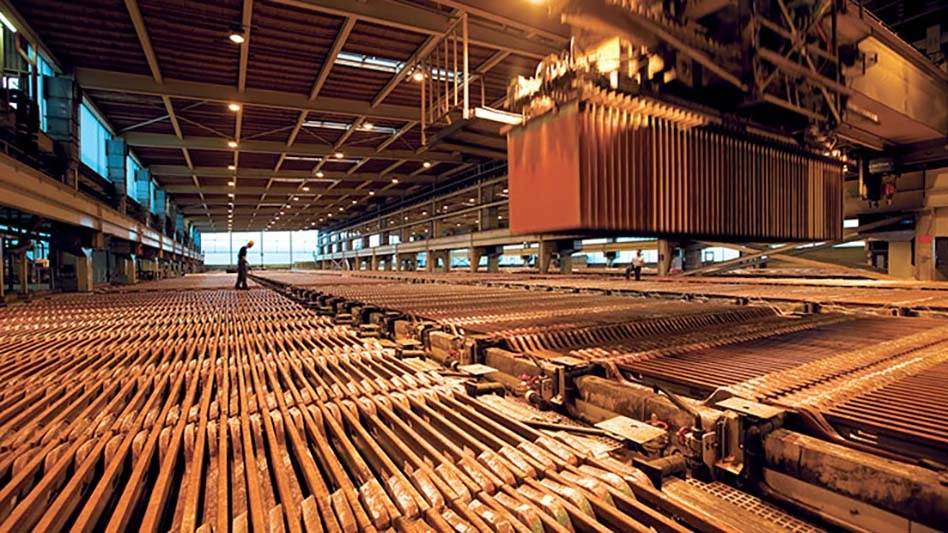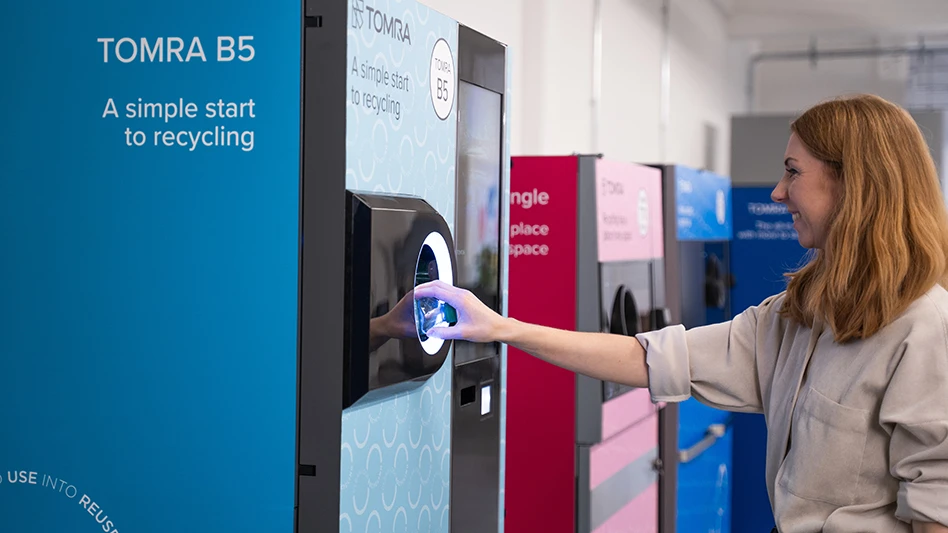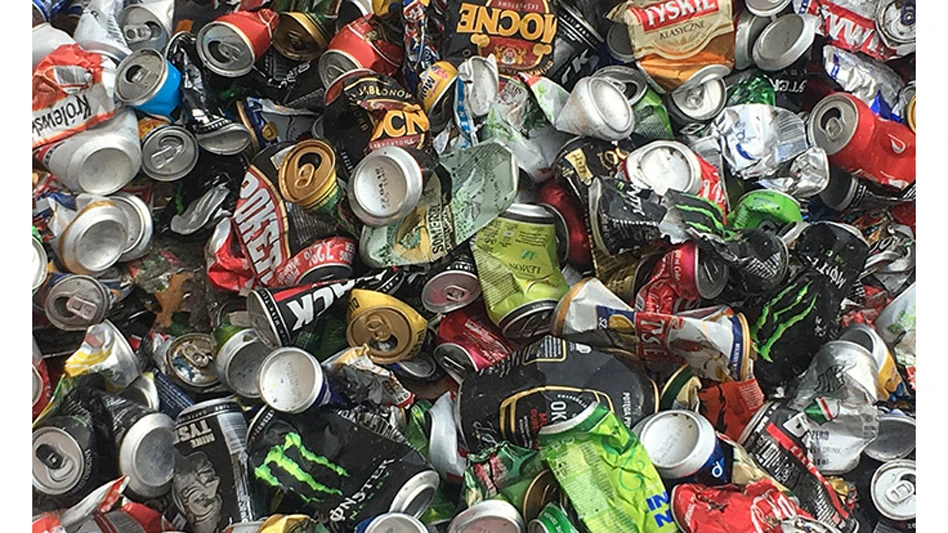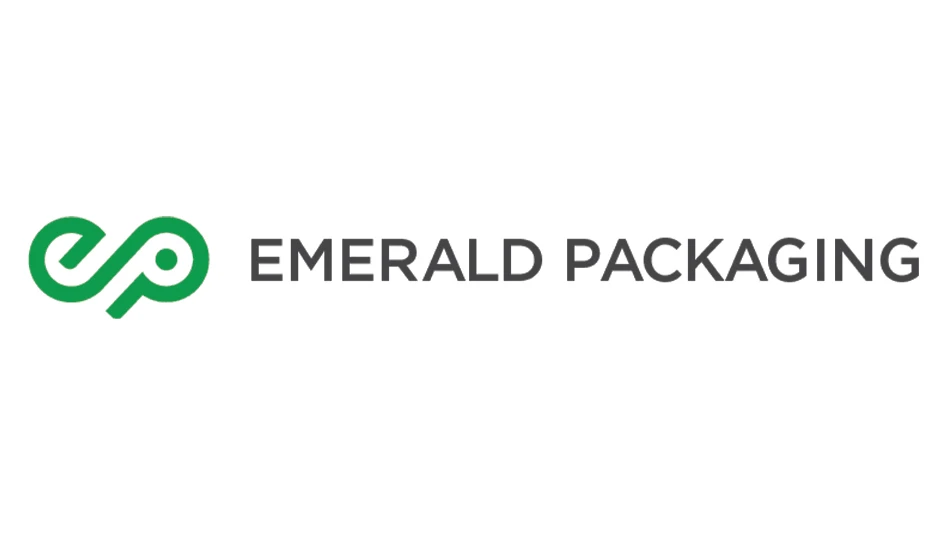The U.S. Environmental Protection Agency (EPA) has proposed removing the Consolidated Iron & Metal site in Newburgh, New York, from the EPA’s Superfund list of the most contaminated hazardous waste sites. The agency made the proposal after demolishing buildings and removing more than 68,000 cubic yards of contaminated soil, 30,000 tires, 1,400 tons of scrap metal and 380 tons of concrete from the site.
According to the EPA, past operations at the site had contaminated the soil and groundwater with polychlorinated biphenyls (PCBs), volatile organic compounds and metals, the EPA says.
“Ironically, the Consolidated Iron & Metal site is located on the banks of a beautiful stretch of the Hudson River. I am happy that the cleanup is complete and this important land can become a useful asset to the Newburgh community,” says Judith Enck, EPA regional administrator.
The EPA and the New York Department of Environmental Conservation (NYSDEC) have determined that all necessary cleanup actions have been completed and the site no longer poses a threat to people’s health or the environment.
The EPA says it will continue to oversee groundwater monitoring and will conduct periodic reviews to ensure that the cleanup continues to be protective. The public is encouraged to comment on the proposed deletion of the site through October 30, 2014.
Consolidated Iron & Metal Co. was a scrap metal recycling facility that operated at the site from the 1950s until 1999. The company also operated a smelter on the site, primarily for aluminum scrap.
In the late 1990s, the NYSDEC conducted several inspections at the facility and cited Consolidated’s owner for a number of violations.
The agency adds that further NYSDEC inspections revealed that the owner had not corrected the violations. The state found oil and other waste liquids in the soil as well as stormwater being discharged into the Hudson River without appropriate testing or permits. In the fall of 1999, the New York State’s attorney general closed operations at the site. Sampling performed by the EPA indicated that soil was contaminated with volatile organic compounds, PCBs and metals.
In 1999, the EPA removed an estimated 6,600 tons of soil containing metals and PCBs from the site. The EPA constructed a berm to prevent stormwater from carrying pollutants into the Hudson River and the site was added to the Superfund list in 2001.
As part of the cleanup of the facility, in 2004 the EPA had the tires, scrap metal, hydraulic oil and concrete shipped to end markets where the material was either recycled or, in the case of the tires, used for fuel.
The EPA also removed about 68,000 cubic yards of contaminated soil, disposing of it at a facility licensed to receive the waste. The excavated areas of the site were filled with clean soil.
To date, EPA has spent about $45 million to address the site, of which more than $14 million has been paid by parties potentially responsible for contamination at the site. As part of its work under a consent decree with EPA, the city of Newburgh has developed a plan to manage the site and determine how to redevelop the property.
The EPA has concluded that the cleanup work has been successful and that the site can now be taken off of the Superfund list.
According to the EPA, past operations at the site had contaminated the soil and groundwater with polychlorinated biphenyls (PCBs), volatile organic compounds and metals, the EPA says.
“Ironically, the Consolidated Iron & Metal site is located on the banks of a beautiful stretch of the Hudson River. I am happy that the cleanup is complete and this important land can become a useful asset to the Newburgh community,” says Judith Enck, EPA regional administrator.
The EPA and the New York Department of Environmental Conservation (NYSDEC) have determined that all necessary cleanup actions have been completed and the site no longer poses a threat to people’s health or the environment.
The EPA says it will continue to oversee groundwater monitoring and will conduct periodic reviews to ensure that the cleanup continues to be protective. The public is encouraged to comment on the proposed deletion of the site through October 30, 2014.
Consolidated Iron & Metal Co. was a scrap metal recycling facility that operated at the site from the 1950s until 1999. The company also operated a smelter on the site, primarily for aluminum scrap.
In the late 1990s, the NYSDEC conducted several inspections at the facility and cited Consolidated’s owner for a number of violations.
The agency adds that further NYSDEC inspections revealed that the owner had not corrected the violations. The state found oil and other waste liquids in the soil as well as stormwater being discharged into the Hudson River without appropriate testing or permits. In the fall of 1999, the New York State’s attorney general closed operations at the site. Sampling performed by the EPA indicated that soil was contaminated with volatile organic compounds, PCBs and metals.
In 1999, the EPA removed an estimated 6,600 tons of soil containing metals and PCBs from the site. The EPA constructed a berm to prevent stormwater from carrying pollutants into the Hudson River and the site was added to the Superfund list in 2001.
As part of the cleanup of the facility, in 2004 the EPA had the tires, scrap metal, hydraulic oil and concrete shipped to end markets where the material was either recycled or, in the case of the tires, used for fuel.
The EPA also removed about 68,000 cubic yards of contaminated soil, disposing of it at a facility licensed to receive the waste. The excavated areas of the site were filled with clean soil.
To date, EPA has spent about $45 million to address the site, of which more than $14 million has been paid by parties potentially responsible for contamination at the site. As part of its work under a consent decree with EPA, the city of Newburgh has developed a plan to manage the site and determine how to redevelop the property.
The EPA has concluded that the cleanup work has been successful and that the site can now be taken off of the Superfund list.
Latest from Recycling Today
- Alberta Ag-Plastic pilot program continues, expands with renewed funding
- ReMA urges open intra-North American scrap trade
- Axium awarded by regional organization
- China to introduce steel export quotas
- Thyssenkrupp idles capacity in Europe
- Phoenix Technologies closes Ohio rPET facility
- EPA selects 2 governments in Pennsylvania to receive recycling, waste grants
- NWRA Florida Chapter announces 2025 Legislative Champion Awards





